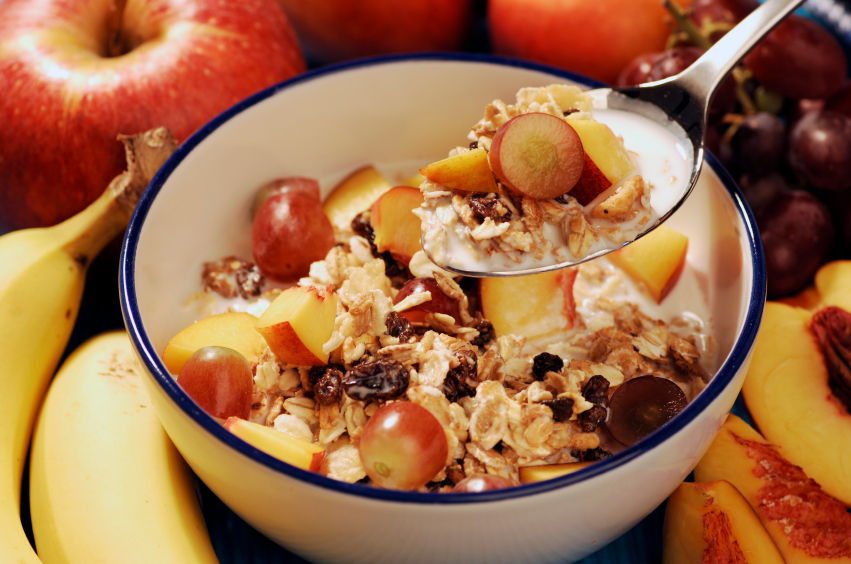AARP Hearing Center
Cereal, Grains Key to Longer Life After Heart Attack
By Candy Sagon, April 30, 2014 12:09 PM

Eating a high-fiber diet can help you avoid heart disease, but what if you've already had a heart attack - can adding fiber to your diet help you live longer?
A study that researchers say is the first to examine this question has some good news for heart patients: The more fiber heart attack survivors add to their diet - especially in the form of cereal and whole grains - the lower their risk of dying from any cause, said researcher Shanshan Li, a doctoral student at Harvard's School of Public Health.
Those who ate the most fiber had a 25 percent lower chance of dying from any cause in the nine years after their heart attack, compared with those who ate the least fiber, and "benefits for increased fiber intake were strongest for fiber from cereal and grain sources," she told AARP in an email.
>> Sign up for the AARP Health Newsletter
The findings were published online April 29 in the journal BMJ.
Li - along with other researchers from Harvard, Brigham and Women's Hospital, and Beth Israel Deaconess Medical Center in Boston - looked at more than 4,000 men and women who had survived a first heart attack. They were part of two large U.S.-government studies on health and had filled out questionnaires about their dietary habits every two years.
The researchers looked not only at the total amount of fiber the participants ate daily, but also at the three major sources of fiber: fruits, vegetables and cereal. Cereal fiber, from foods such as whole wheat and oatmeal, had the biggest effect on survival rates, Li said, and the majority of it "came from breakfast cereals."
Researchers also pointed out that these types of lifestyle changes should be stressed when discussing treatment after a heart attack. Too often, they wrote, long-term medication is emphasized more than adopting healthier habits.
Based on the new findings, heart attack survivors should consider increasing their dietary fiber intake, Li said, by consuming "a diet rich in fruits, vegetables, legumes and non-refined grains."
>> Get discounts on health services with your AARP Member Advantages.
Here are some fiber facts to consider.
How much fiber do I need a day? For adults 51 or older, the Institute of Medicine suggests 30 grams a day for men, 21 grams for women.
Which breakfast cereals are best for fiber? Fiber One Original has a whopping 14 grams in a serving, but there are other good choices, including Kellogg's All-Bran Original, Post Grape-Nuts The Original, Post Shredded Wheat Original Spoon Size, Kashi Go Lean and Post Shredded Wheat Wheat 'n Bran Spoon Size, according to a 2013 roundup of best high-fiber breakfast cereals by Consumer Reports.
Which grains are highest in fiber? A serving of whole wheat pasta has 6.3 grams per serving. Barley is a close second at 6 grams in a cup of cooked pearled barley, while a cup of cooked oatmeal has 4 grams.
Photo: Silberkorn/iStock
Also of Interest
- Exercise, Not Lotions, May Reverse Aging in Skin
- 4 Surgeries to Avoid
- Fight fraud and ID theft with the AARP Fraud Watch Network.
- Join AARP: Savings, resources and news for your well-being
See the AARP home page for deals, savings tips, trivia and more































































